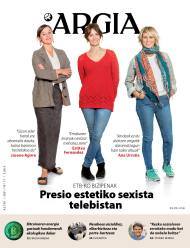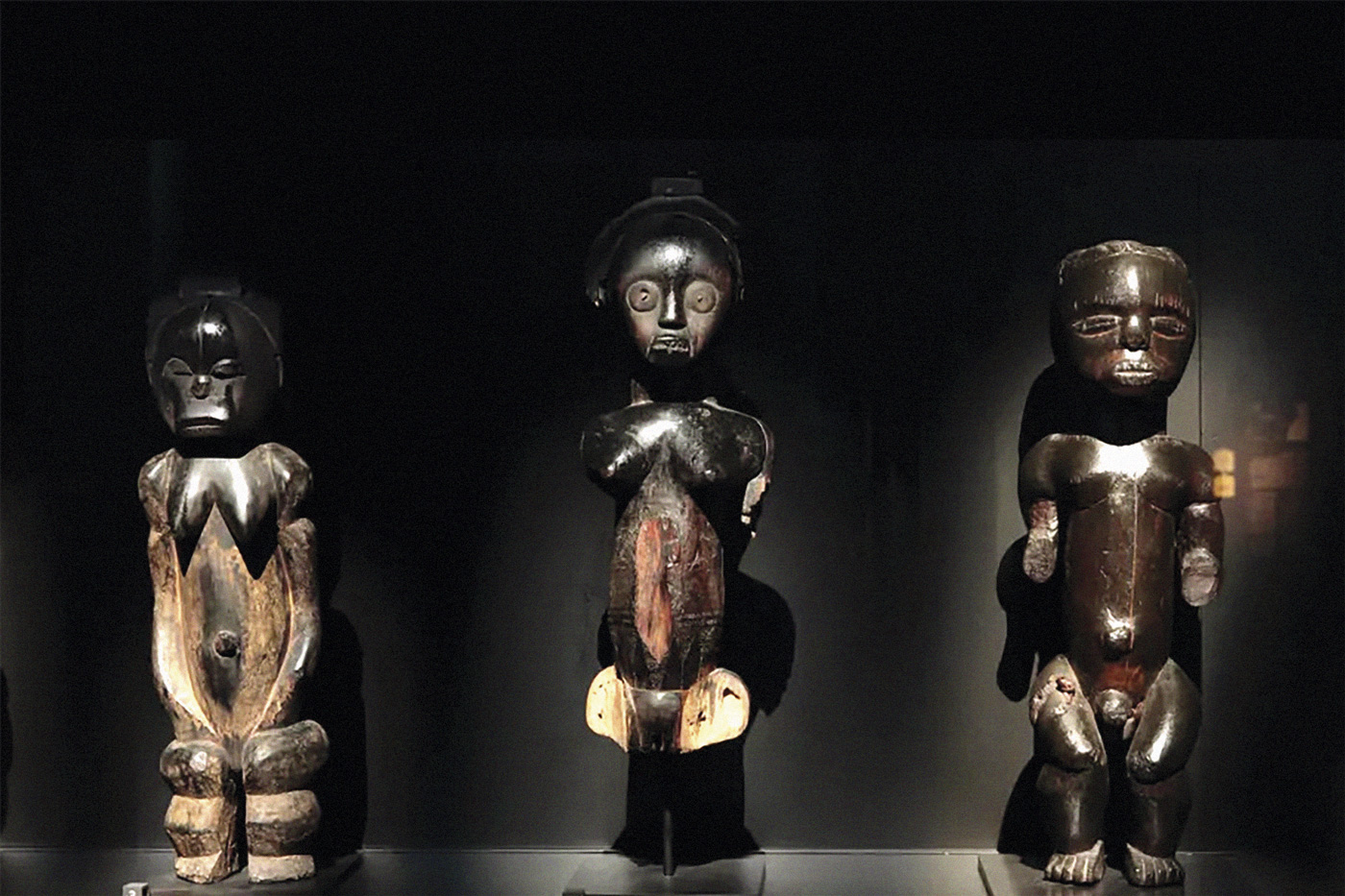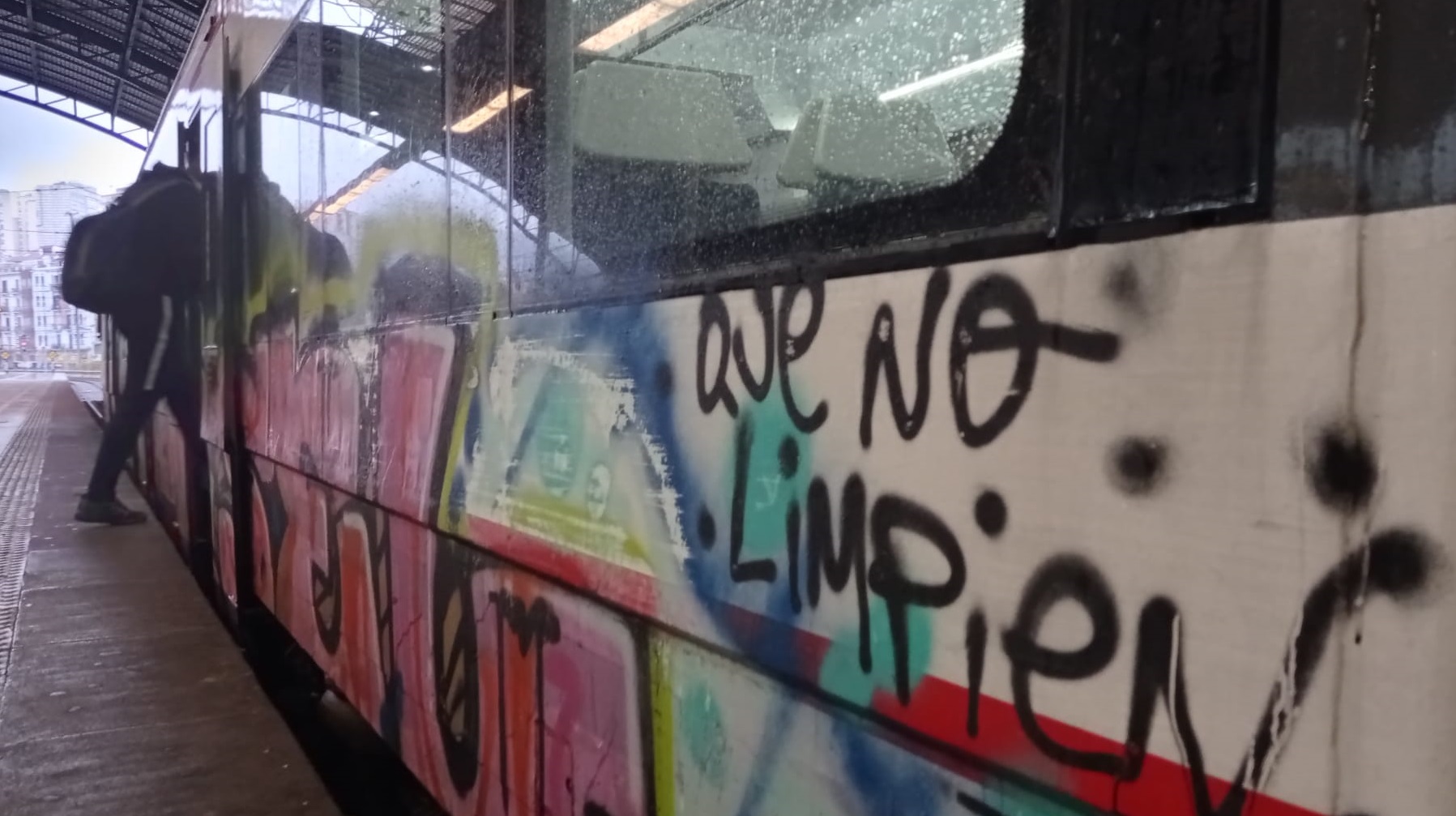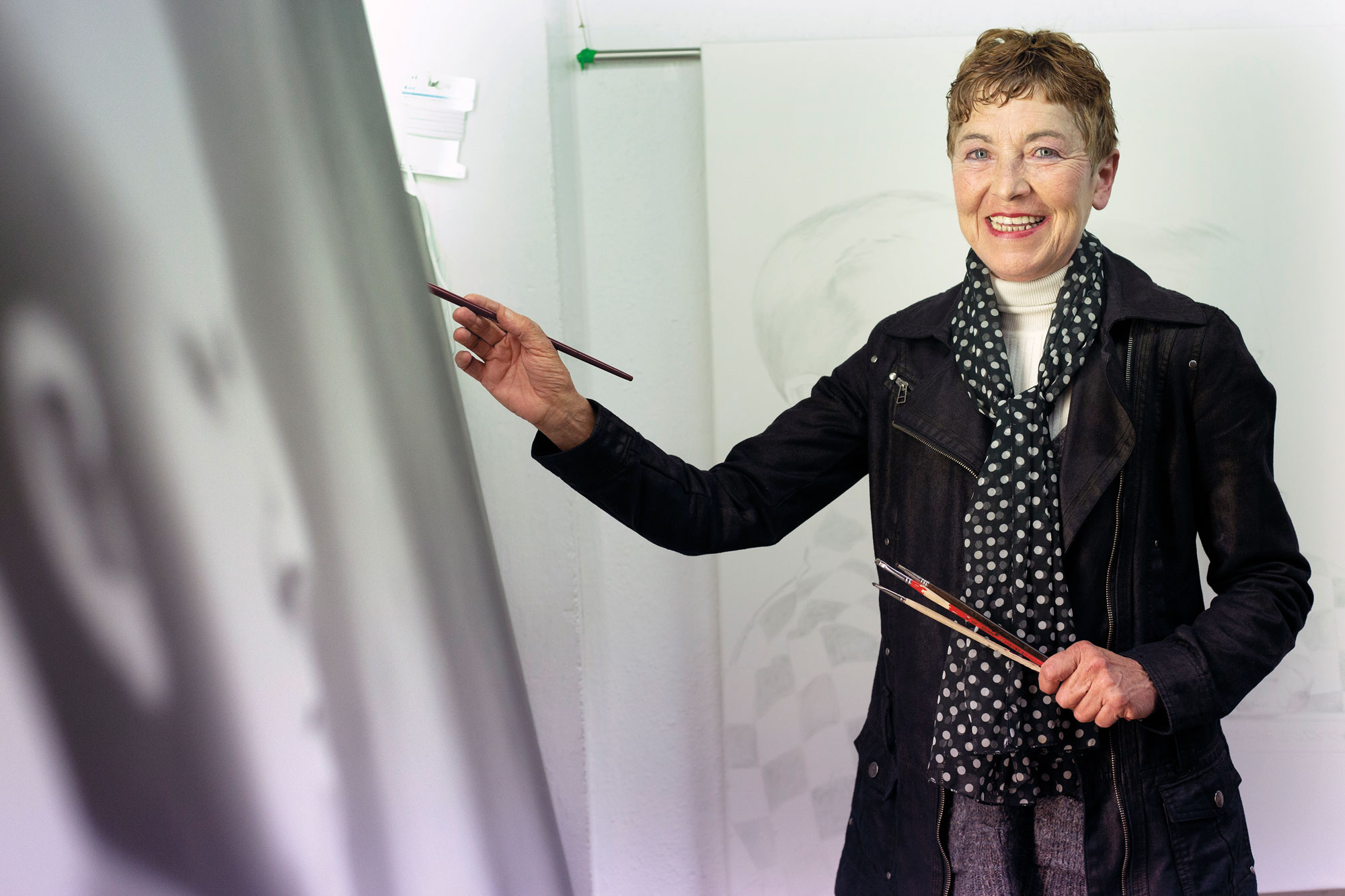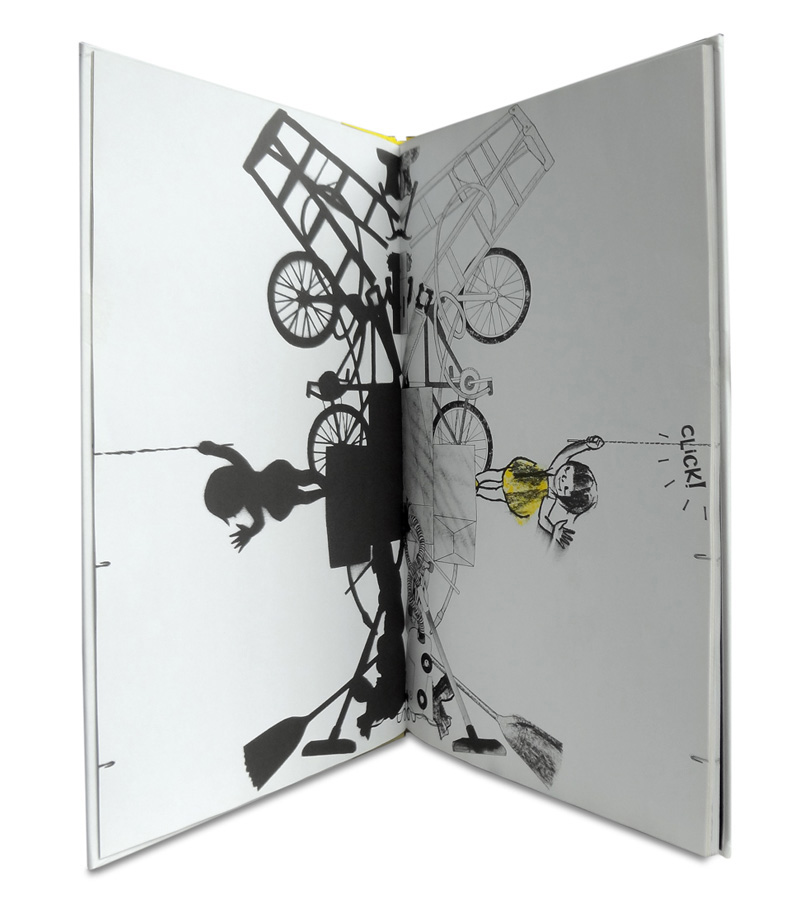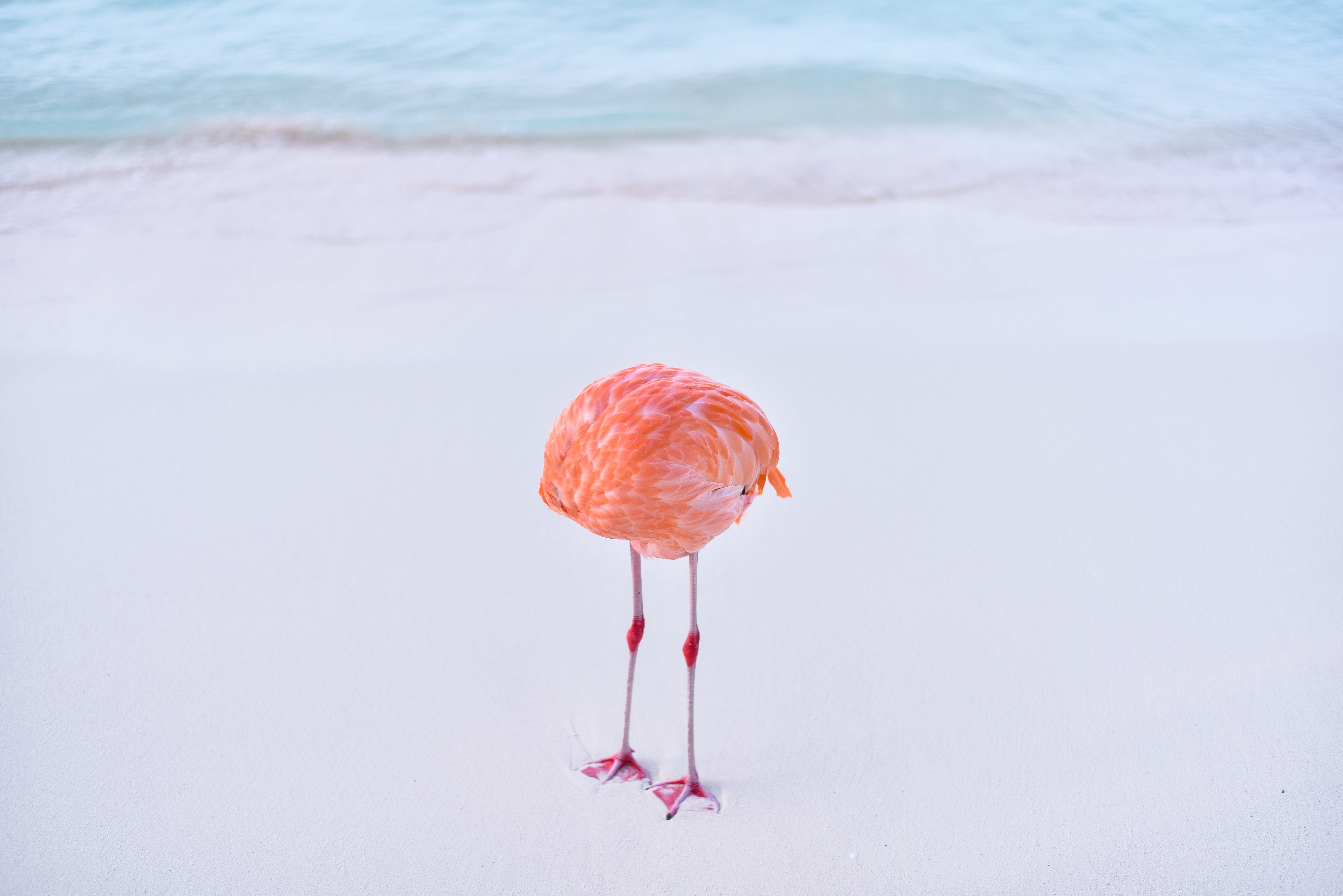Pogos, grys and deep waters
- Crossing the street Autonomy of Bilbao and continuing to climb the street Iparraguirre, under a gigantic brick building, we have found the Chinese supermarket, the Dominican hairdresser, the Latin American winery, the almazena that sells hams and cheeses and the evangelist bookstore. Among these living businesses, in number 66, we found a premises with subtle and warm lighting, with a golden Art deco door. We look inwards and we find a sleek and rationalist space dotted with three sculptures and a great photograph. We've seen stairs, both at the top and the bottom. We pushed the door and entered Aton.
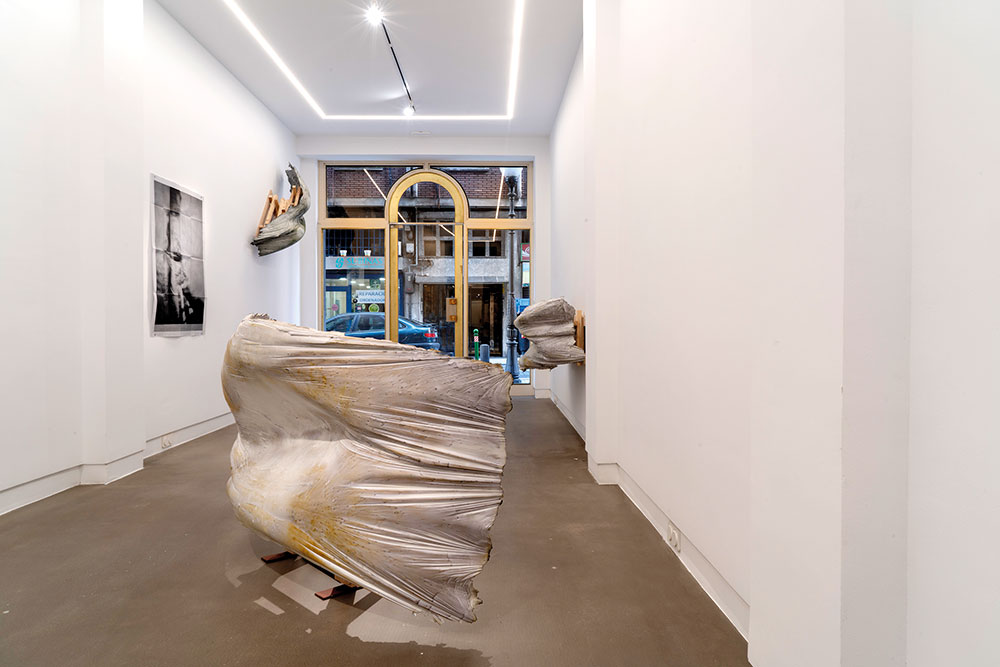
I really enjoy locating extraordinary spaces dedicated to art, and in the noisy centre of Bilbao it is a pleasure to find this new work space dedicated to artistic projects. Atoi is a project launched by the artists' cooperative Tractora Koop. E., and currently the space is managed by the artists Usue Arrieta and Ainara Elgoibar. Knowing his artistic trajectory, it makes sense that the first inaugural exhibition of space or focus is offered to Iñaki Garmendia, for his trajectory in video-creation work and because his work has already become a reference for many artists who work in video and audiovisual.
Iñaki Garmendia (Ordizia, 1972) is an artist with a broad trajectory in the world of video, although he has also acted extensively in photography and sculpture. He currently works in sculpture, trying to experience unusual forms, mainly using plaster as raw material. Garmendia’s video works, in general, lack decoration, are raw in form and are heirs to punk aesthetics. On many occasions, it takes as an excuse or as a starting point elements and themes of our political and cultural context: the architecture of nightclubs on our coast, the audience of punk and hardcore concerts or various internal stories and social landscapes related to youth leisure, from which it proposes very different readings. In his video-creation work there are a number of aesthetic resources that are repeated and that have become a kind of brand of his style: long exposure times, camera maintenance on a fixed plane, insertion of black shaders or overlaps between audio and visual. Their videos include music and sound, but not visible dialogues.
Proof of this is that Kolez kolpe (2003) has become a mythical video play. Recorded in the context of the Taipei Biennale, Garmendia asked a Taiwanese musical group – Le petit nurse – to learn how to play songs by Kortatu, Eskorbuto or Zarama. For five days they were in one of the halls of the Biennale learning songs and chords in Basque by Fermin Muguruza and Roberto Mosore for the concert they offered the last day. The artist proposes with this work an exercise in translation, both linguistic and, above all, cultural. The symbolic and political burden of these songs, created for a concrete political and social situation, is completely lost to becoming a caricature. It is interesting to see how the Taiwanese learn the letters and how the artist, in the backstage, explains the meanings of these letters and their context.
A year earlier he recorded Goierri lehii (2002), the road movie he made with the artist Asier Mendizabal. Two artists intermingle in a gang of Goierri youth and immerse themselves in car racing. They involve us in the interviews, jokes and careers of young people in an operation in which the intervention of artists is very simple. Punk music, hardcore and machine, and its temples – concert halls and nightclubs – are very present in Harder, Better, Faster, Stronger (2004) (title given to the musical group Daft Punk) or in Bolueta (2011).
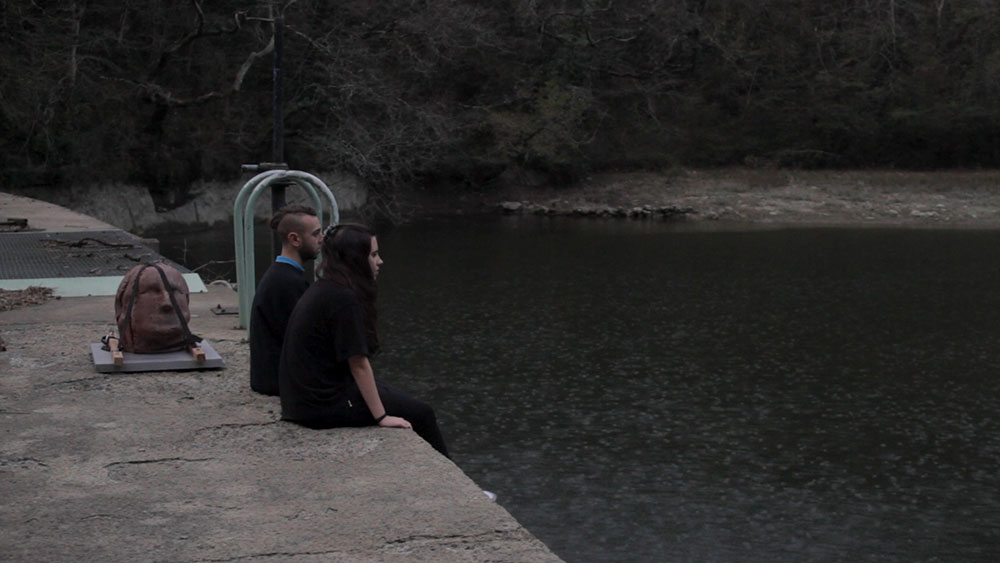
In S/T Orbea (Orduña) (2007) and Bomber (2013), for example, with the participation of Itziar Okariz in the latter, he recorded in detail a bicycle and jacket, as if he were scanning these objects, with closed and precise planes, treating a sculpture. There is nothing visible, it is nothing more than a record of an action, with a slow and contrasting pace against these accelerated times that we live.
In the main gallery of the towing space we can see the latest works of Garmendia in the exhibition entitled Ratatat. There are three large escayola sculptures, two of which look like devices coming out of the walls, rough, dynamic and derived from the assembly of different materials. Next to the gallery there are descending stairs in which we find a good projection room. You can see the video that Garmendia has made after many years: Arkaka in Tri-Stan (2021). The artist has chosen the swamp of Arkaka, located at Zaldibia, to record the video, which for many years has supplied water to the CAF factory, and the artist brings us back to the Goierri of his home town. It's a dark night, the protagonists of the film are on the banks of the swamp, and if it weren't for the flashlights and lights they're wearing, we would hardly see anything. The strings and the waistlines tighten up trying to tie and surround something. A clay bust cooked is positive for tying and submerging in deep waters, but it's not just any bust. Nominated by the acronym JS, José Sarriegi, it seems that it is a work derived from the sculpture made in 2013 for the exhibition of Garmendia in the Guggenheim, a sculpture that aroused a great controversy about the supposed rights of this sculpture.
Going up the space is the photographic installation of Garmendia printed on glossy paper, creative registration of the process of working with plaster. On the last floor is the office of the Atón, a working space composed of beautiful and elaborate furniture. The furniture has been manufactured by the artist Carlos García, they are functional and correspond to the essence of the premises and the building.
It is not easy to see all the videos of the artist together, so the website created by Atoicos to supervise the work of the goierritarra deserves to be mentioned. From 1999 to 2021 you can see the aesthetics and design of a file. In addition to the collection of videos, an investigation has been carried out on each of the videos, and in order to carry out this work they have been assisted by Commissioner Leire Vergara. Vergara has contextualized and analyzed the works of Garmendia recreating the atmosphere of the first decades of the 21st century, recalling the resonances of the time and putting them in relation to local and international artists. The artistic historian Mikel Onaindia has been in charge of retrieving the references of the exhibitions, catalogues and books in which these video works were shown, bringing together texts and comments that reflect the importance and impact of the work of Garmendia and making them available to the public. It is a website that may be of interest to any researcher interested in Basque art and that will be active until 30 October. Tribute to Iñaki Garmendia in this project.
This text comes two years later, but the calamities of drunks are like this. A surprising surprise happened in San Fermín Txikito: I met Maite Ciganda Azcarate, an art restorer and friend of a friend. That night he told me that he had been arranging two figures that could be... [+]
On Monday afternoon, I had already planned two documentaries carried out in the Basque Country. I am not particularly fond of documentaries, but Zinemaldia is often a good opportunity to set aside habits and traditions. I decided on the Pello Gutierrez Peñalba Replica a week... [+]









